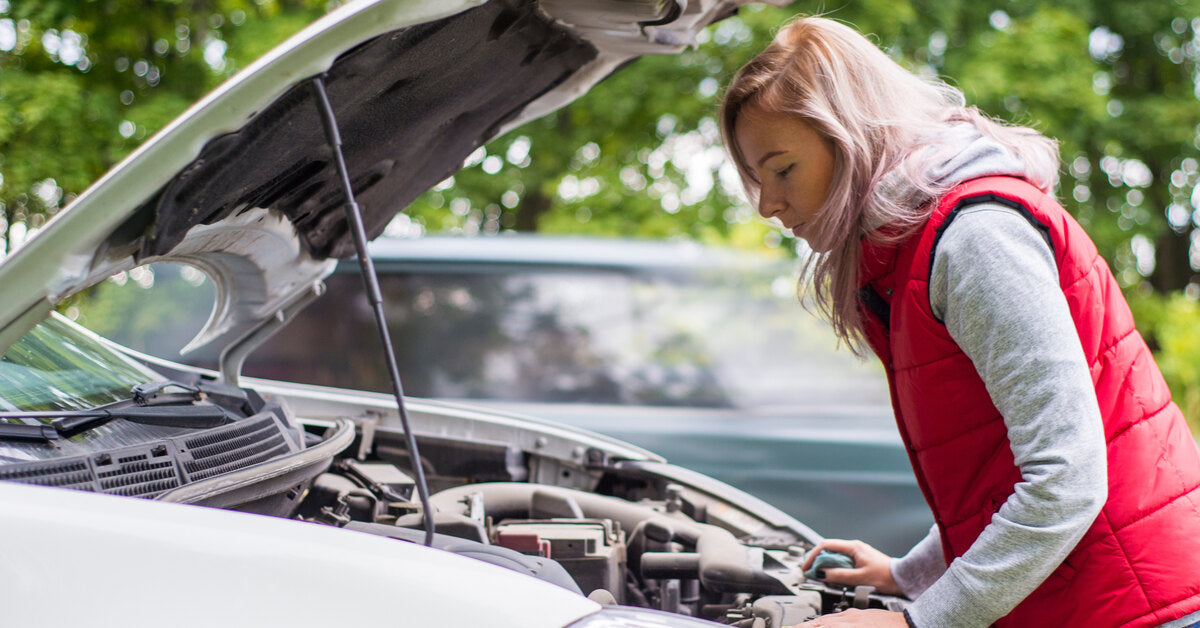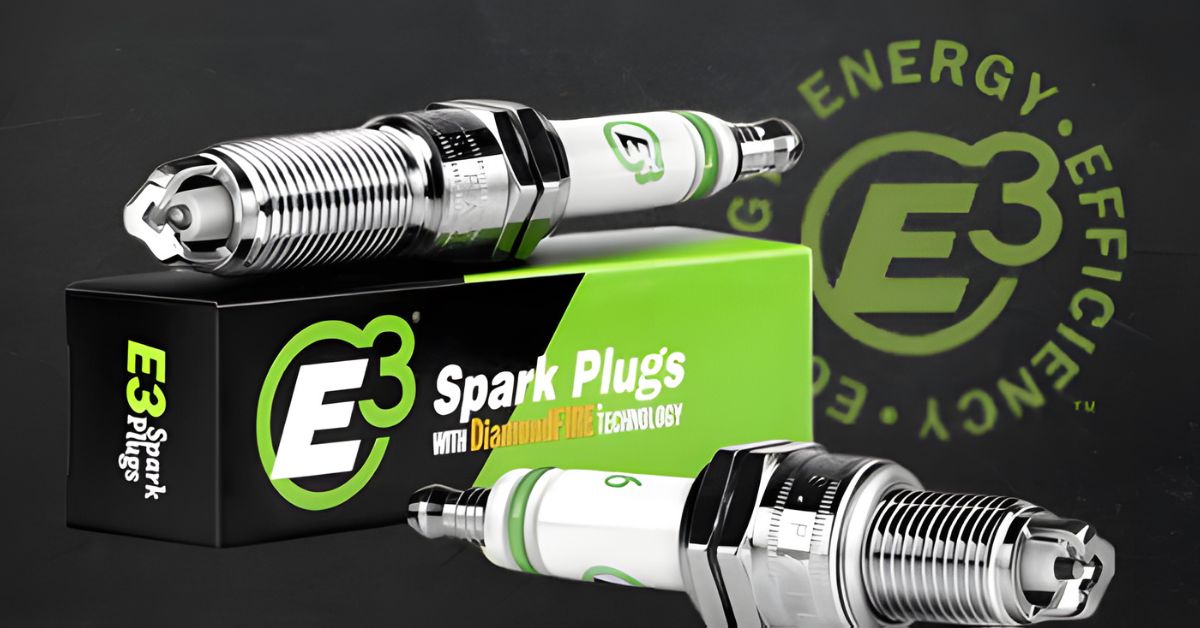
Spark plugs might be small, but they play a colossal role in your engine's performance. Whether you’re a seasoned automotive pro or a DIY mechanic aiming to refine your skills, understanding how to gap spark plugs is a useful skill to have.
In this guide, we’ll explain everything you need to know about these little dynamos, from why they’re important to how to properly gap spark plugs for optimal performance.
Understanding the Basics
Before we dive into spark plug gapping, let’s review the basics of your car’s spark plugs, from their basic function to the different types available for drivers.
What Are Spark Plugs?
Spark plugs are critical components in your vehicle’s ignition system. They generate the ignition spark for the air-fuel mixture in the engine’s cylinders, powering your car. Without spark plugs, your engine simply wouldn’t run.
The Role in the Ignition Process
When the engine’s piston compresses the air-fuel mixture, the spark plug delivers a high-voltage spark. The spark ignites and pushes the piston down, generating power. This process repeats thousands of times per minute, highlighting the importance of a well-functioning spark plug.
Different Types of Spark Plugs
Spark plugs come in various materials, including copper, platinum, and iridium. Copper spark plugs are common and affordable but have a shorter lifespan. Platinum and iridium plugs last longer and perform better, making them ideal for high-performance engines.
What Is the Spark Plug Gap?
The spark plug gap refers to the distance between the center electrode and the ground electrode. This gap plays a crucial role in the ignition process, as it determines how much voltage the spark plug needs to create a spark.
Signs of Worn Spark Plugs
Every driver needs to understand the warning signs of faulty or compromised spark plugs.
Rough Idle and Poor Acceleration
Drivers are most likely to notice compromised spark plugs in their vehicle’s performance. Worn spark plugs can cause your engine to misfire, resulting in a rough idle or hesitation when accelerating. This is due to the spark plug’s inability to provide a strong enough spark.
Difficulty Starting the Engine
Since the spark plug is integral to engine ignition, if your vehicle struggles to start at times, it could be due to faulty spark plugs. If you find yourself repeatedly turning the key with no success, you’ll want to check the plugs first. As they wear out, they become less effective at sparking and may prevent your engine from starting altogether.
Decreased Fuel Efficiency
Along with performance, your spark plugs are also integral to your vehicle’s fuel efficiency. Hence, compromised spark plugs are noticeably less efficient. When the engine struggles to maintain power, it may burn more fuel than usual, leading to a decrease in gas mileage.
The Gapping Process Step-By-Step
Gapping spark plugs is a precise process that ensures the spark jumps the correct distance. Below, we'll show you step-by-step how to properly gap spark plugs for optimal performance.

Tools Required
Before you begin, ensure you have the requisite tools to measure and adjust the spark plug gap. The tools you’ll need include a spark plug gap tool, a feeler gauge, and a torque wrench.
The gap tool helps measure and adjust the gap, while the feeler gauge provides precise measurements. The torque wrench allows you to tighten the spark plugs to the correct specifications.
Step 1: Measure the Existing Gap
To begin, use the feeler gauge to measure the current gap between the spark plug electrodes. Mark down the measured gap and double-check your work to ensure the measurement is as accurate as possible.
Step 2: Check the Manufacturer’s Specifications
After measuring your current spark plug gap, you can compare it to the recommended manufacturer’s range. To find the recommended gap range for your engine’s spark plugs, look in your owner’s manual. If you don’t have a manual or can’t find it, you can likely find this information for your specific vehicle model online via the original engine manufacturer.
Step 3: Adjust the Gap
Once you have the correct measurement and the recommended range, you can now adjust the spark plug gap to fit it within the range as needed. Using the gapping tool, attune the gap to within the recommended parameters, taking your time to ensure an even and consistent gap across all spark plugs.
Importance of Correct Gapping
How much does the gap of automotive spark plugs matter? To put it bluntly, a lot. The spark plug gap can affect your vehicle’s engine performance, fuel economy, and carbon emissions.
Influence on Engine Performance
Incorrectly gapped spark plugs can significantly affect engine performance. A gap that’s too wide can cause misfires, while a gap that’s too narrow can lead to weak sparks. Both scenarios result in inefficient combustion and reduced engine power.
Benefits of Proper Gapping
Properly gapped spark plugs ensure efficient combustion, leading to better fuel economy, smoother acceleration, and reduced emissions. By taking the time to gap your spark plugs correctly, you can enhance your engine’s overall performance and longevity.
Long-Term Effects
Consistently maintaining the correct gap improves immediate performance and prolongs the life of your spark plugs and engine components. This attention to detail can save you money on repairs and replacements in the long run.
Gapping for Specific Engines
Drivers also must consider the correct spark plug gap for their specific vehicle and engine. For most engines, you can follow your owner’s manual, but high-performance and custom engines require greater precision and consideration.

Standard Engines
For standard engines, follow the manufacturer’s recommended gap size. These engines typically require a moderate gap, balancing performance, and fuel efficiency.
High-Performance Engines
High-performance engines demand more precise gapping. These engines operate at higher RPMs and require a stronger spark for efficient combustion. Consult your vehicle’s manual or a professional mechanic for the exact gap specifications of your engine.
Custom Engines
If you’ve built your own engine or modified it heavily, it may fall under the category of a custom engine and will require unique gapping. Whether you’ve installed a turbocharger or enhanced the fuel system, always refer to the custom build’s specifications for the correct gap size or consult a professional mechanic.
Practical Tips for DIY Mechanics
Before you decide to measure and adjust the gap of your spark plugs, keep these tips in mind for precise and safe measurements.
Preparation Tips
Before you start gapping your spark plugs, ensure you have a clean workspace and the necessary tools. Lay out your tools in an organized manner to streamline the process. A well-prepared workspace minimizes errors and enhances efficiency.
Safety Precautions
Safety is paramount when working on your vehicle. Make sure the engine is cool before removing the spark plugs to avoid burns. Wear safety gloves and eye protection to prevent injuries from debris or chemicals.
Replace or Upgrade Your Engine’s Spark Plugs With E3 Spark Plugs
It’s vital for your engine’s performance, efficiency, and emission output to have correctly gapped spark plugs. By understanding the basics, recognizing signs of wear, and following a meticulous gapping process, you can ensure your vehicle runs smoothly and efficiently.
If you need to replace your vehicle’s spark plugs or would like to upgrade to high-performance plugs for greater performance, durability, and efficiency while cutting down on carbon emissions, E3 Spark Plugs is here! Browse our selection of high-quality, aftermarket plugs or contact our staff if you have questions about which plugs are right for your engine.







